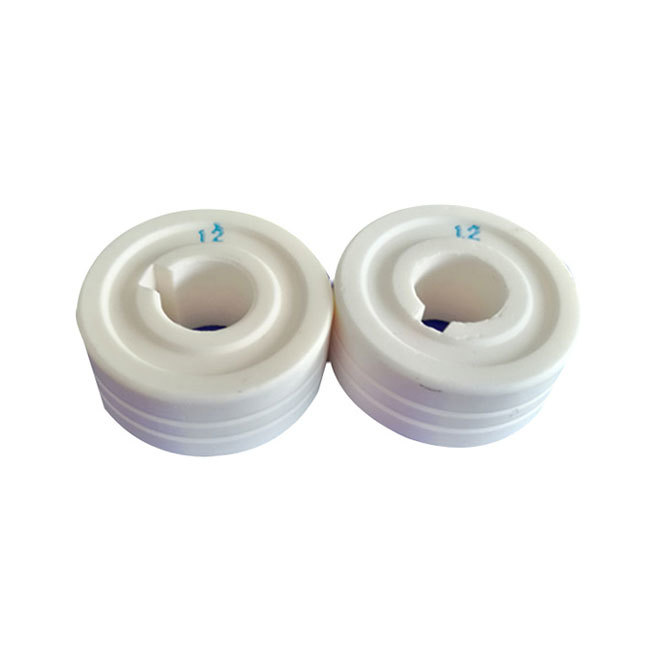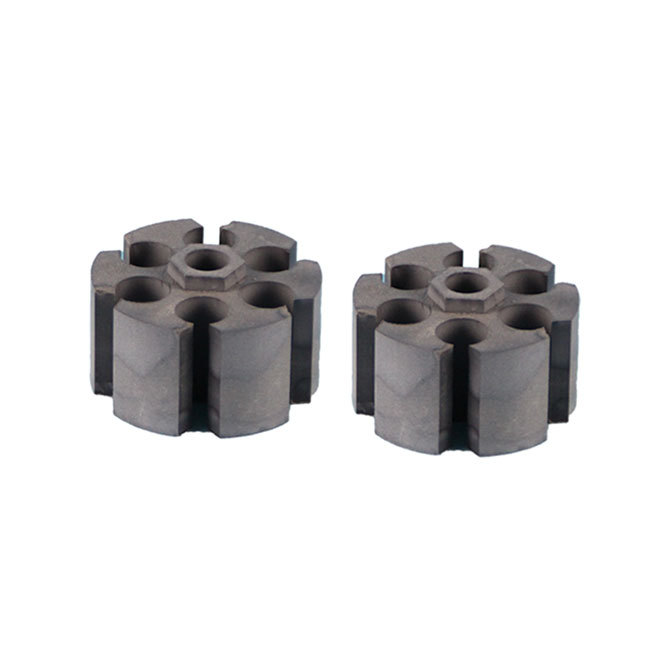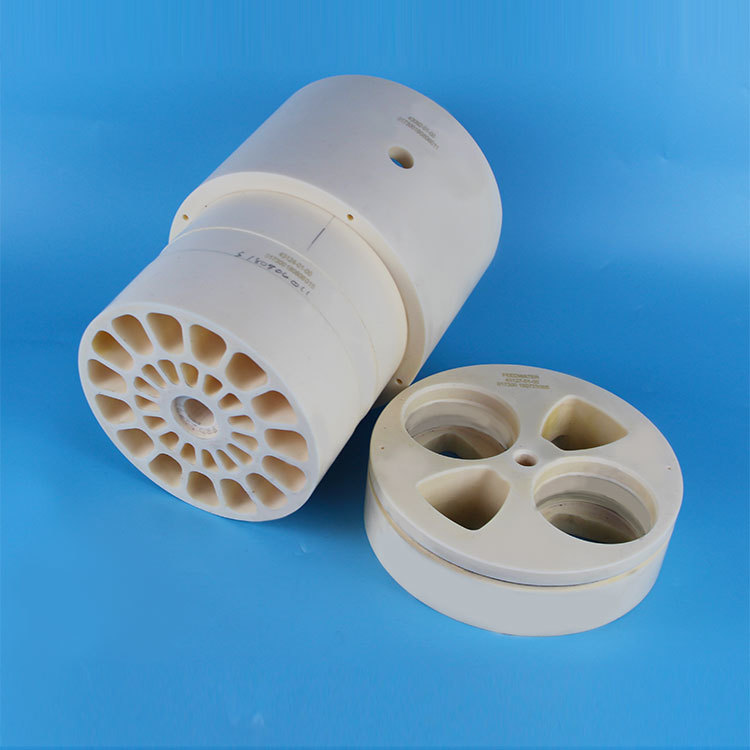





Alumina Ceramics
keywords:
Aluminum oxide ceramics, silicon nitride ceramics, zirconia ceramics
Category:
Product Details
Alumina is a ceramic material mainly composed of aluminum oxide (Al2O3), which is used in thick film integrated circuits. Alumina ceramics have good electrical conductivity, mechanical strength and high temperature resistance. Note that ultrasonic cleaning is required. Alumina is a versatile ceramic. Due to its superior performance, it has been more and more widely used in modern society to meet the needs of daily use and special performance.
The technology of alumina ceramics is becoming more and more mature, but some indicators still need to be improved, and joint research is needed.
At the same time, it is hoped that some performance parameters of alumina ceramics can be clearly proposed, so that researchers and manufacturers can conduct research and design according to user requirements, so as not to have no purpose.
Alumina can be divided into high-purity type and common type.
A-type high-purity alumina ceramics are ceramic materials with an Al2O3 content of more than 99.9%. Because its sintering temperature is as high as 1~6μm-1990℃, and the transmission wavelength is 1~6μm, it is generally made of molten glass instead of platinum crucible. Its light transmittance and alkali metal corrosion resistance are used as sodium lamp tubes; it can be used as integrated circuit substrates and high-frequency insulating materials in the electronics industry.
Ordinary alumina ceramics are divided into 99 porcelain, 95 porcelain, 90 porcelain and 85 porcelain according to the content of Al2O3, and sometimes those with Al2O3 content of 80% or 75% are also classified as ordinary alumina ceramics. Among them, 99 alumina ceramic materials are used to manufacture high-temperature crucibles, refractory furnace tubes and special wear-resistant materials, such as ceramic bearings, ceramic seals and water valves. 95 alumina porcelain is mainly used as corrosion-resistant and wear-resistant parts; 85 porcelain can be sealed with molybdenum, niobium, tantalum and other metals, and some can also be used as electric vacuum devices, because some talc is often mixed in it, which improves the electrical properties and mechanical strength. . Characteristics of
alumina ceramics
1. High hardness
As determined by the Shanghai Institute of Ceramics, Chinese Academy of Sciences, its Rockwell hardness is HRA80-90, second only to diamond, far exceeding the wear resistance of wear-resistant steel and stainless steel.
2. Excellent wear resistance
According to the measurement by the Powder Metallurgy Institute of Central South University, its wear resistance is 266 times that of manganese steel and 171.5 times that of high chromium cast iron. According to our customer tracking survey in the past ten years, under the same working conditions, the service life of the equipment can be extended by at least ten times.
3. Light weight
Its density is 3.5g/cm3, which is only half of that of steel, which can greatly reduce the load on equipment.
Message








